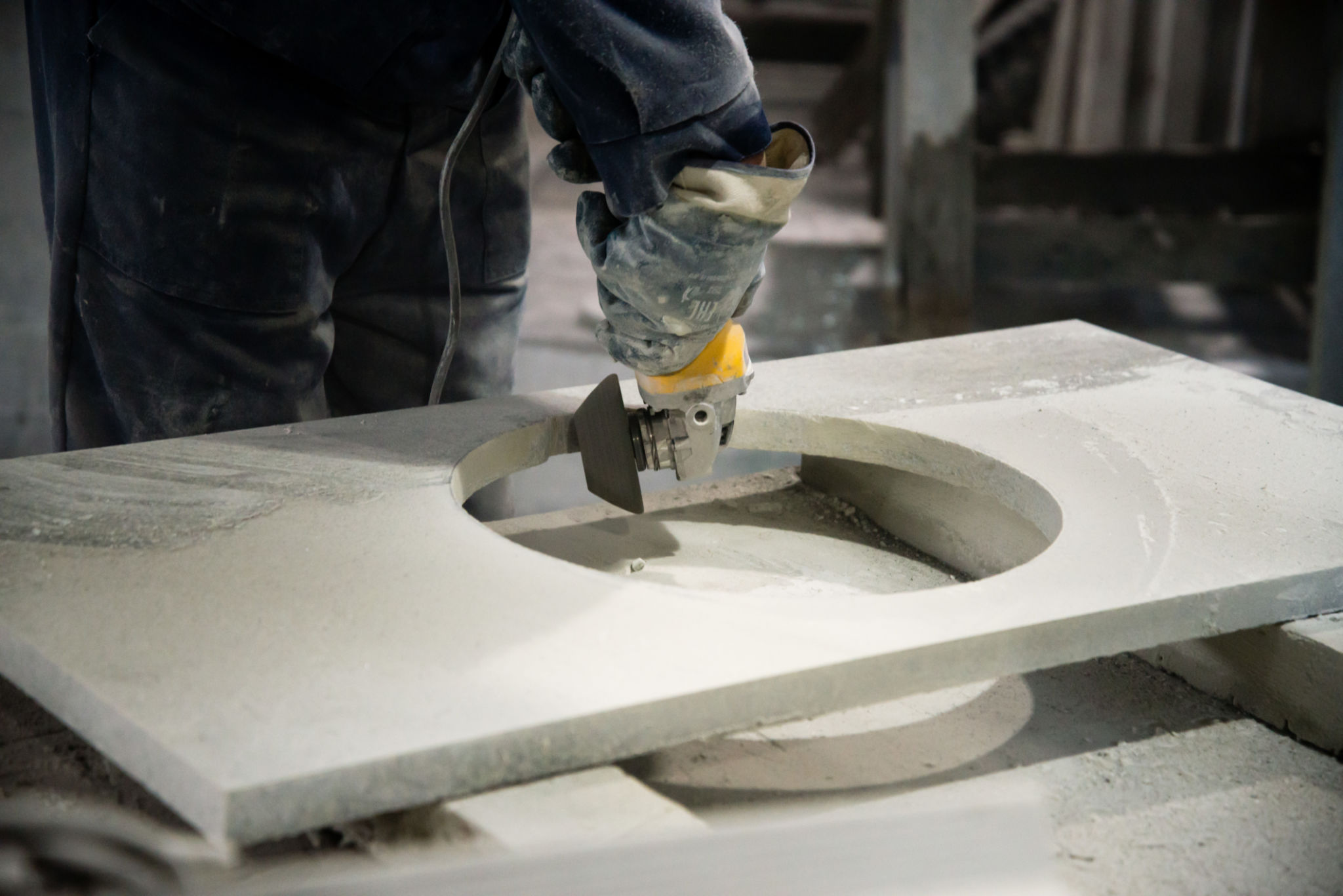The Benefits of CNC Technology in Modern Stone Craftsmanship
Introduction to CNC Technology in Stone Craftsmanship
In recent years, CNC (Computer Numerical Control) technology has revolutionized many industries, and stone craftsmanship is no exception. This advanced technology has introduced precision, efficiency, and innovation into a field traditionally reliant on manual labor. For artisans and manufacturers, CNC technology offers an array of benefits that enhance both the quality and speed of production.

Improved Precision and Accuracy
One of the most significant advantages of CNC technology is its remarkable precision. Traditionally, stone carving and cutting required skilled artisans to manually shape each piece, which could lead to human error. With CNC machines, every cut is executed with exacting precision, ensuring that each piece matches the design specifications perfectly. This level of accuracy not only improves the quality of the final product but also reduces material waste.
Consistency Across Projects
In addition to precision, CNC technology ensures consistency across multiple projects. Whether replicating intricate designs or producing large quantities of identical pieces, CNC machines maintain uniformity. This capability is especially beneficial for projects requiring numerous identical components, such as tiles or intricate patterns in architectural elements.

Enhanced Efficiency and Speed
CNC machines significantly enhance the efficiency and speed of stone processing. What once took days or even weeks to complete can now be accomplished in a fraction of the time. This efficiency not only increases productivity but also allows stone craftsmen to take on more projects simultaneously, thus boosting their business potential.
Reduction in Labor Costs
By automating many labor-intensive tasks, CNC technology reduces the need for extensive manual labor. This shift leads to lower labor costs and allows skilled artisans to focus on more complex, creative aspects of their work rather than repetitive tasks. As a result, businesses can allocate resources more effectively and improve their bottom line.

Innovative Design Possibilities
CNC technology opens up a world of design possibilities that were previously unimaginable. Complex geometries and intricate patterns that were once too challenging or time-consuming to execute manually can now be realized with ease. This innovation inspires creativity and enables artisans to push the boundaries of traditional stone craftsmanship.
Customization and Personalization
With CNC machines, customization becomes more accessible than ever. Clients can request personalized designs that reflect their unique tastes and preferences, knowing that these bespoke creations will be executed flawlessly. This capability enhances customer satisfaction and allows stone craftsmen to offer tailored solutions that set them apart from competitors.
The Environmental Impact
CNC technology also plays a role in reducing the environmental impact of stone craftsmanship. By minimizing material waste through precise cutting and efficient use of resources, CNC machines contribute to more sustainable practices within the industry. Moreover, the reduction in manual labor means less energy consumption in production facilities.
In conclusion, CNC technology has transformed modern stone craftsmanship by offering unparalleled precision, efficiency, and design possibilities. As this technology continues to evolve, it will undoubtedly lead to further innovations in the industry, ensuring that stone craftsmanship remains both a respected art form and a thriving business.